Help save the Earth, and you may help save yourself some money. If you’re considering a greener lifestyle in honor of Earth Day, here are 12 ways to start that also will help you save some green. Some have immediate returns, others take a while to pay off.
1. Savings are in the bag

Dozens of cities and municipalities have banned or imposed charges for single-use plastic bags and/or paper sacks at grocery stores and other retailers. As that trend continues — lightening the load for landfills — more consumers are finding it makes good economic sense to bring their reusable bags to the store. Chicago’s new tax of 7 cents per bag, for example, applies to any bag purchased from a retailer, whether made of plastic or paper.
Nationwide, major retailers like Target offer customers a nickel off or other discounts for each reusable bag they bring and use. The only hard part is that, if you’re not used in the habit of using reusable bags, it takes a while to remember to bring them along when you shop. Do that, though, and you’ll save a lot of nickels over time and feel good about yourself, too.
2. Curb your car

AAA estimates your driving costs are 57 cents per mile, or $8,558 per year, based upon 15,000 miles of annual driving. Think what you could do with that money. Put at least some of it back in your pocket by using ride-share apps or public transportation. Other solutions: Buy a hybrid or electric vehicle, combine errands to drive less, and keep your car engine tuned and tires properly inflated.
Or join the ranks of the greenest commuters: Walk or bike to work. Commuting by bicycle is growing by leaps and bounds, says the League of American Bicyclists.
3. Keep your cup

Some 60 million paper coffee cups end up in U.S. landfills each year. The solution: Switch to a reusable tumbler for your latte. Plus, you’ll save a dime a drink at Starbucks if you bring in your own reusable cup. A $10 tumbler pays for itself on the 100th coffee drink. Look for discounts at other stores, too.
4. Put sunshine to work
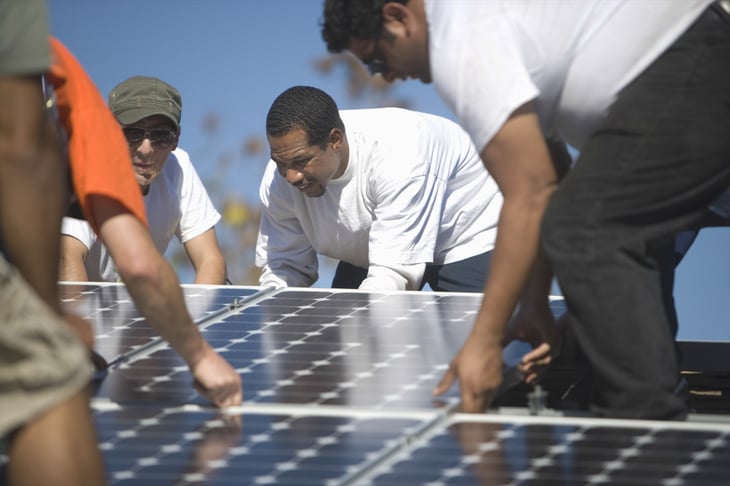
Whether producing your home’s electricity from solar panels will be cheaper than buying power from the grid depends a lot on where you live — the price of electricity, the cost of installing solar panels and the amount of sunlight available are a few factors that vary a lot.
The good news: Solar technology is becoming cheaper, and generous financial incentives from local, state and federal governments and utility companies can help bring down the cost of taking your homes solar.
But hurry. The federal Residential Renewable Energy Tax Credit is being phased out. It expires in 2021. Until then, you can get a tax credit on your federal taxes for eligible purchases worth:
- 30 percent of a system’s cost for those placed in service by Dec. 31, 2019
- 26 percent for those placed in service during tax year 2020
- 22 percent for those placed in service during tax year 2021
To learn if going solar will save you money, do this:
- Type in your ZIP code at the Database of State Incentives for Renewables & Efficiency to see incentives where you live.
- Contact a local solar installer to ask for an estimate of costs and payback.
- Learn about energy-efficient home upgrades: “8 Ways to Get Money Back From Home Improvements.”
5. Compost what you can
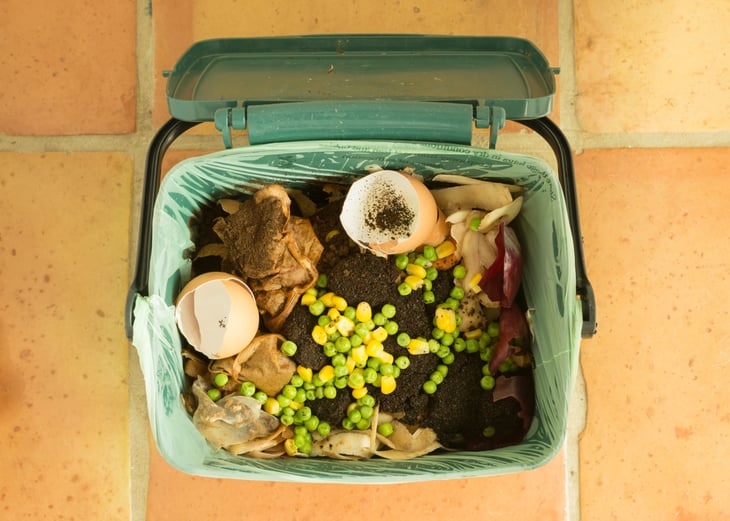
Think composting doesn’t pay? Here’s what the Seattle Mariners baseball team has learned:
During 2015, due to recycling and composting, the Mariners diverted over 2.7 million pounds of waste from the landfill, saving $123,000 in waste disposal costs.
If composting can save money for a major league baseball team, it can save money for you by eliminating the cost of garden mulch and shrinking your costs for trash pickup.
6. Recycling pays
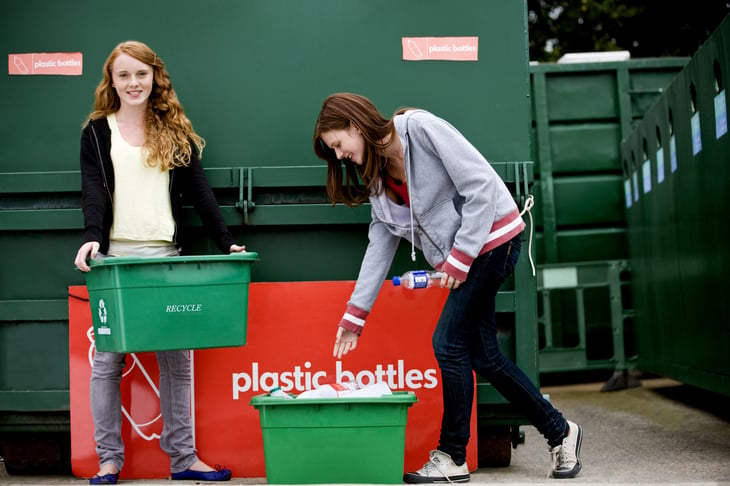
You can indeed make money recycling. Start at Earth911.com where you can locate the nearest recycling center that accepts the types of items you’ve collected. Read up or call the center you’ll be using to learn the hours and rules, including how to prepare stuff for recycling. Here are a few items to sell for cash:
- Beverage bottles: If your state has a bottle bill (find out here) you can earn 5 cents to 10 cents per bottle you recycle.
- Printer cartridges: Several chain stores — Best Buy ($2 store coupon), Office Depot (recycling rewards points) and Staples ($2 rewards credit) — will pay you to bring in your old ink cartridges for recycling.
- Used phones and electronics: Gazelle pays cash to buy and resell used phones (remember to wipe the hard drive clean first).
- Clothes: Bring clean, gently used clothing, shoes and handbags to a consignment store to earn cash or store credit for items that sell. Or bring them to a nonprofit like Goodwill or Salvation Army, and write off the donation on your taxes.
7. Sell scrap metal

You’re doing the Earth a favor when you earn pocket change by selling scrap metal. Putting used metal back to work means less ore must be extracted from land.
Brass, iron, steel, copper, aluminum and wire are a few of the metals that you can turn into cash at a scrap yard. Learn how at earth911.com.
Test metals with a magnet to determine what you’ve got: Magnets stick to not-so-valuable steel or iron. Magnets don’t stick to copper, aluminum, brass, stainless steel and bronze, which have a higher resale value.
Check iScrapApp or ScrapRegister for scrap yards and prices, which vary day-to-day.
8. Shop thrift stores

Next time you have the itch for new clothes, find a second-hand steal at a thrift store. At the thrift store, you’ll save about 90 percent of the price of retail first-hand goods and extend the use of clothes. While you’re there, drop off things you’re not wearing anymore. Americans recycle or donate only 15 percent of our used clothing and send the rest — about 70 pounds per person per year — to landfills, says the Council for Textile Recycling.
9. Turn down the heat when you’re not home

To save money on your heating and cooling bills, reset your thermostat when you are asleep or away from home.
Madison Gas & Electric (Wisconsin) says customers save $74 per heating season by setting back the thermostat by 3 degrees. The utility recommends setting daytime temperature at 68 degrees when you’re at home and 55 degrees at night and when you’re out.
Use a programmable thermostat ($30 to $250 and up), to adjust at different times and days, so you won’t have to fiddle with the setting as you come and go.
10. Remember to unplug
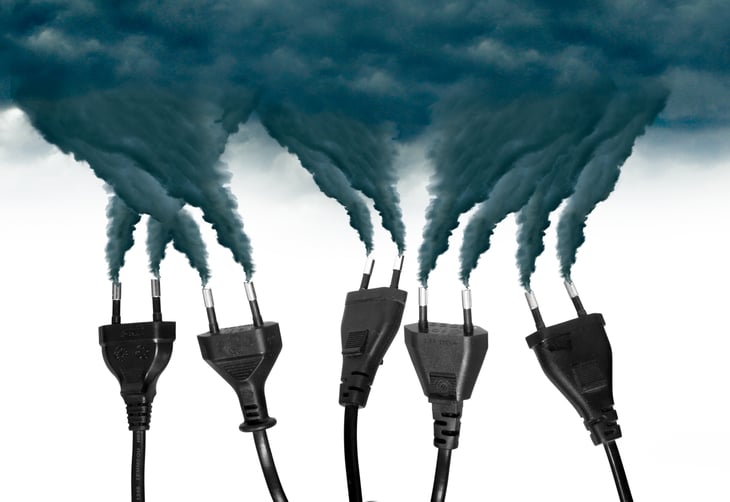
Turning off lights when you leave a room is hard enough, but have you considered the savings from unplugging energy “vampires,” those electricity-sucking appliances like computers, TVs and game consoles?
Even your cellphone charger is a culprit. The U.S. Department of Energy says:
[M]obile phone chargers that are left plugged in after your phone is disconnected consume 0.26 watts of energy — and 2.24 watts when your phone is fully charged and still connected.
A cable box with DVR left on and unused costs about $44 a year, the DOE says.
You can save more than $100 a year by doing simple things like:
- Set computers to sleep mode.
- Save a game and power down instead of leaving it paused.
- Remove unused phone chargers from outlets.
11. Replace old appliances
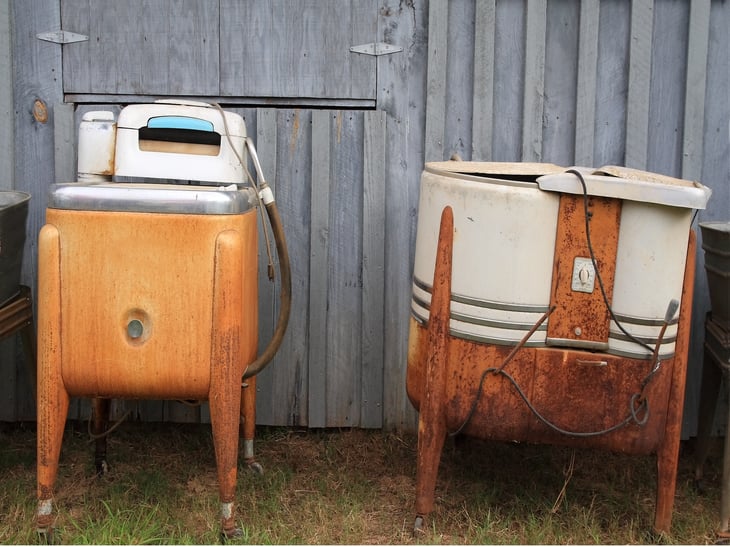
Consider replacing old energy-demanding appliances with Energy Star models. They may cost more to purchase than standard models but will pay you back in lower energy bills within a reasonable amount of time, even without a tax credit, says Energy Star, a voluntary EPA program.
Look for the Energy Star endorsement on clothes washers, dishwashers, refrigerators, audio and video devices, cordless phones, lights and fans.
A pre-1994 dishwasher costs $35 more a year more to operate compared with an Energy Star model, the program says.
12. Make your cleanup green

Vinegar or baking soda mixed with warm water goes a long way toward cleaning up most of your home, and what could be cheaper?
Traditional petroleum-based household cleaners may contain chemicals associated with eye, skin or respiratory irritation. For cleaning dishes, counter tops, furniture, clothes, floors and windows, look for non-toxic, biodegradable and made from renewable resources (not petroleum) “green” products.
Also, consider how often you really need to wash some things. See: “Save on Water and Extend the Life of Your Jeans” and “How Often Do You Have to Wash Your Hair?”
What ways have you found to save money while being kinder to the planet? Share with us in comments below or on our Facebook page and share this article with your Facebook friends.
Jim Gold and Marilyn Lewis contributed to this post.




Add a Comment
Our Policy: We welcome relevant and respectful comments in order to foster healthy and informative discussions. All other comments may be removed. Comments with links are automatically held for moderation.